7-12 May 2021
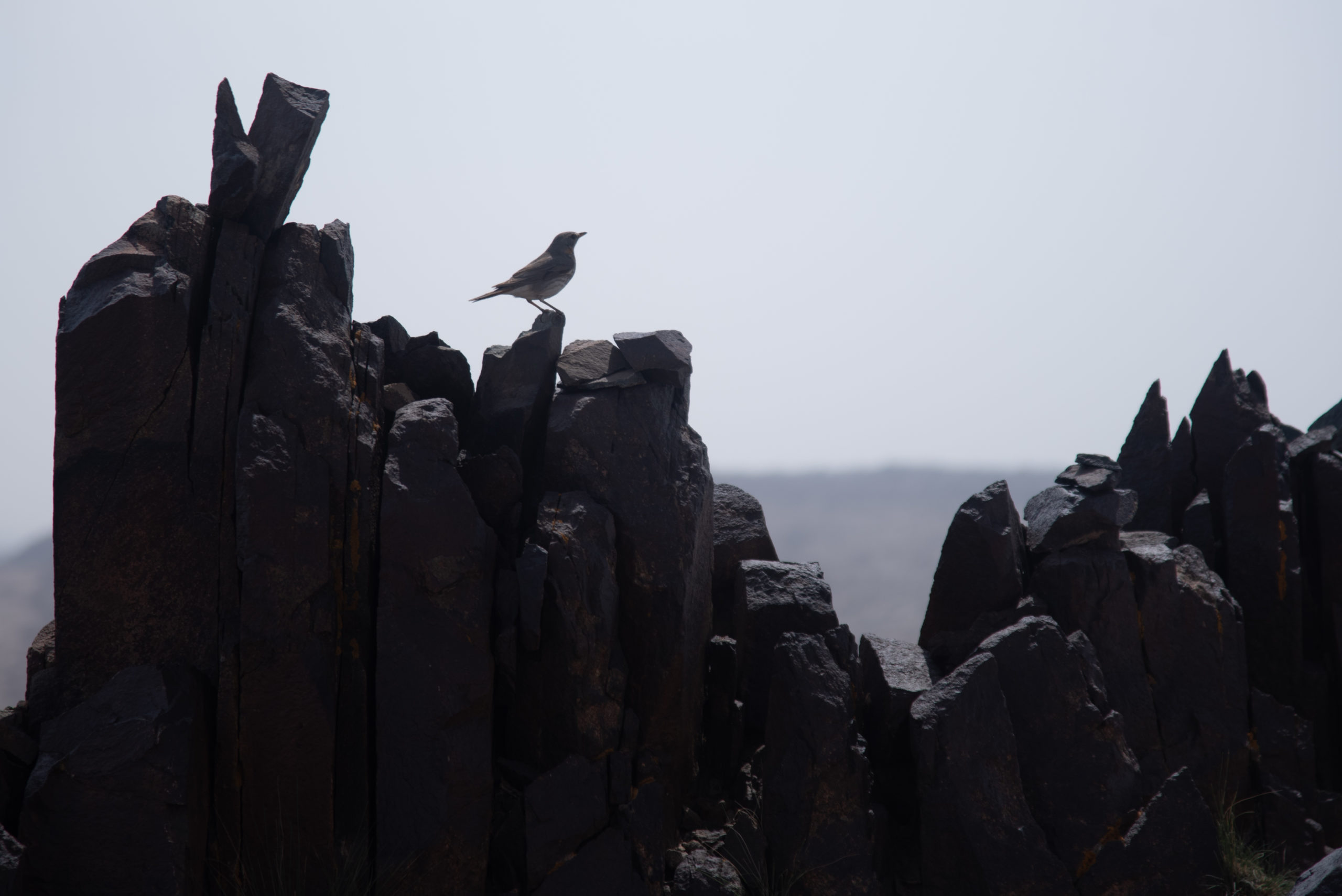
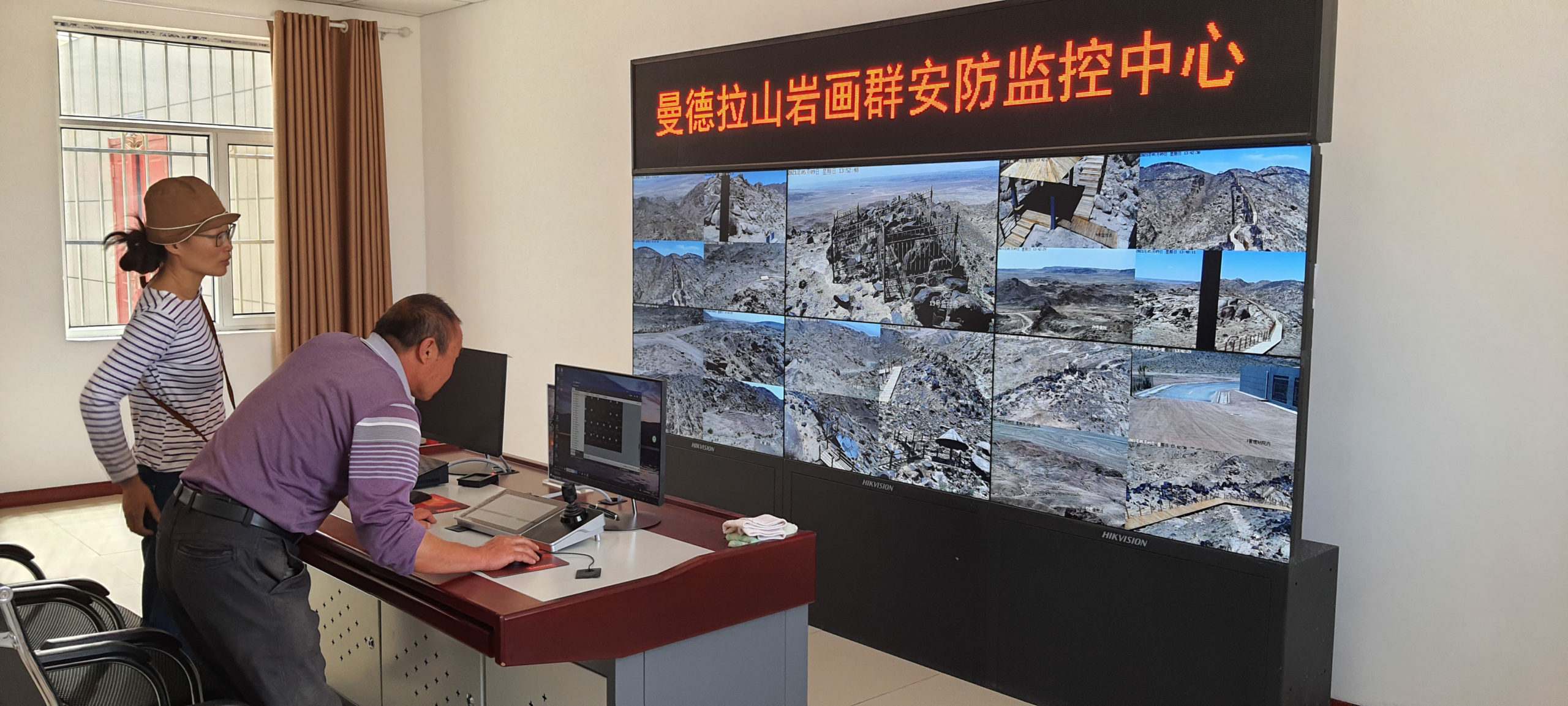
After lots of late night chats and loads of fun with our young friend Jovy, the four of us returned to our quiet life. We headed eastward to Alxa Left Banner (阿拉善左旗). We made a pitstop to see the Mandela Rock Paintings (曼特拉岩畫). It has nothing to do with the famous South African anti-apartheid political leader. But, it is equally or even more significant as the rock paintings are dated back to over 6,000 years depicting the nomadic lives, moons and stars, animals and culture of various tribes from the early part of the New Stone Age (新石器時代) up to the Qing Dynasty (清朝).

It was amazing to see these ancient pictorial records which illustrate the lives of our ancestors thousands of years ago. Only until we visited the museum in Ejin Banner (額濟納旗) weeks later that we realized how lucky for us to have stumbled upon this destination as many of the rock painting locations can only be accessed by four-wheel drive. These rock paintings were crucial in understanding the development of human civilization. No wonder these rock paintings are considered “living fossil of the art world”.

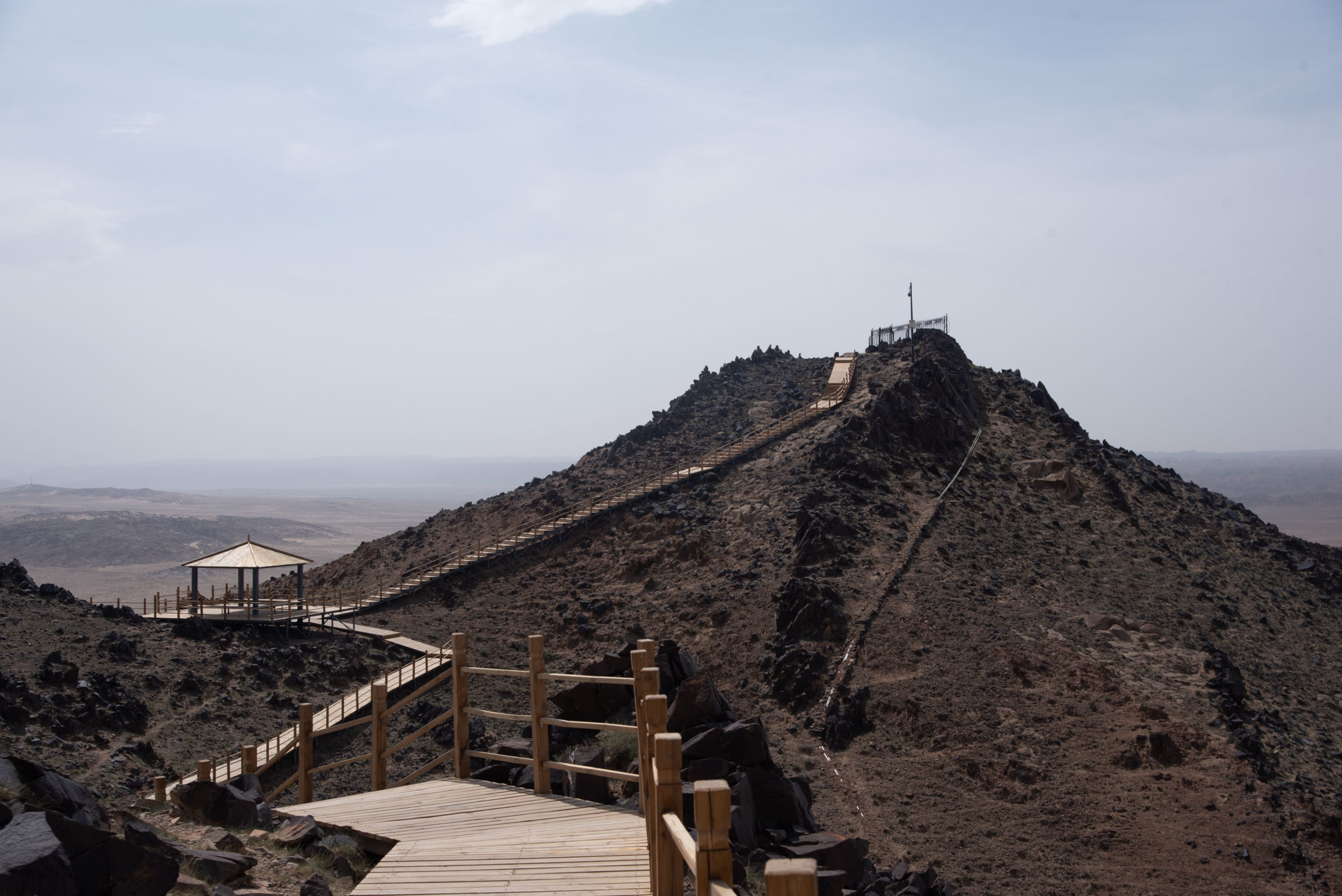
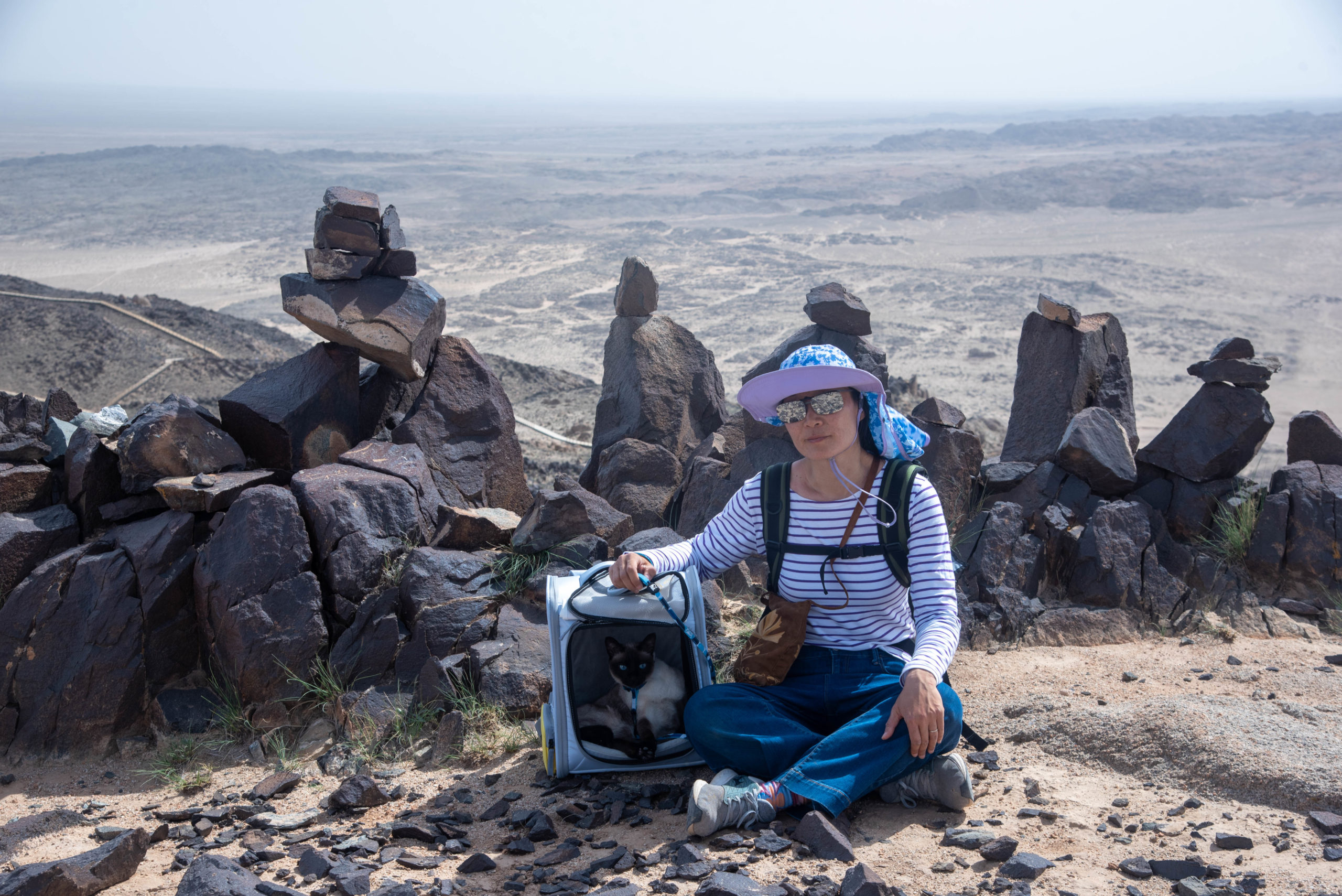

We only stayed one night in the city of Alxa Left Banner (阿拉善左旗). The apartment we rented was much worse than expected. There was massive construction work around and we had to drag our luggage through all the mess in the dark and walked up five storeys. The only consolation was that we could take a shower and do the laundry. When I first laid eyes on a toy-size washing machine and spin dryer (just above knee high and only fit four pieces of clothing) in the bedroom, my first reaction was “you must be kidding!” I moved them to the tiny bathroom to give it a try and they actually worked. I left the bathroom after turning on the five-minute washing cycle. Soon, I heard some strange grinding noise from the bathroom and dashed to see what was happening. I literally saw the miniature washing machine “walking” towards the bathroom door. It was so light that it could “walk” on its own. So I pushed it back and stood in front to stop it from “walking”.”
After babysitting the tiny washing machine for two washing cycles, I put the washed clothes into the mini spin dryer. It made such an almighty roar at first that I thought it would explode any second. About five seconds later, it subdued to a humming noise. At the same time, it started bouncing sideway across the bathroom. I had to hold it down with all my weight to stop it from hopping out of the bathroom. I stopped it after two minutes as I was completely drained by the hilarious battle with these two seemingly cutest machines. I must had looked ridiculous holding down the spin dryer as if it were a convict trying to make an escape!
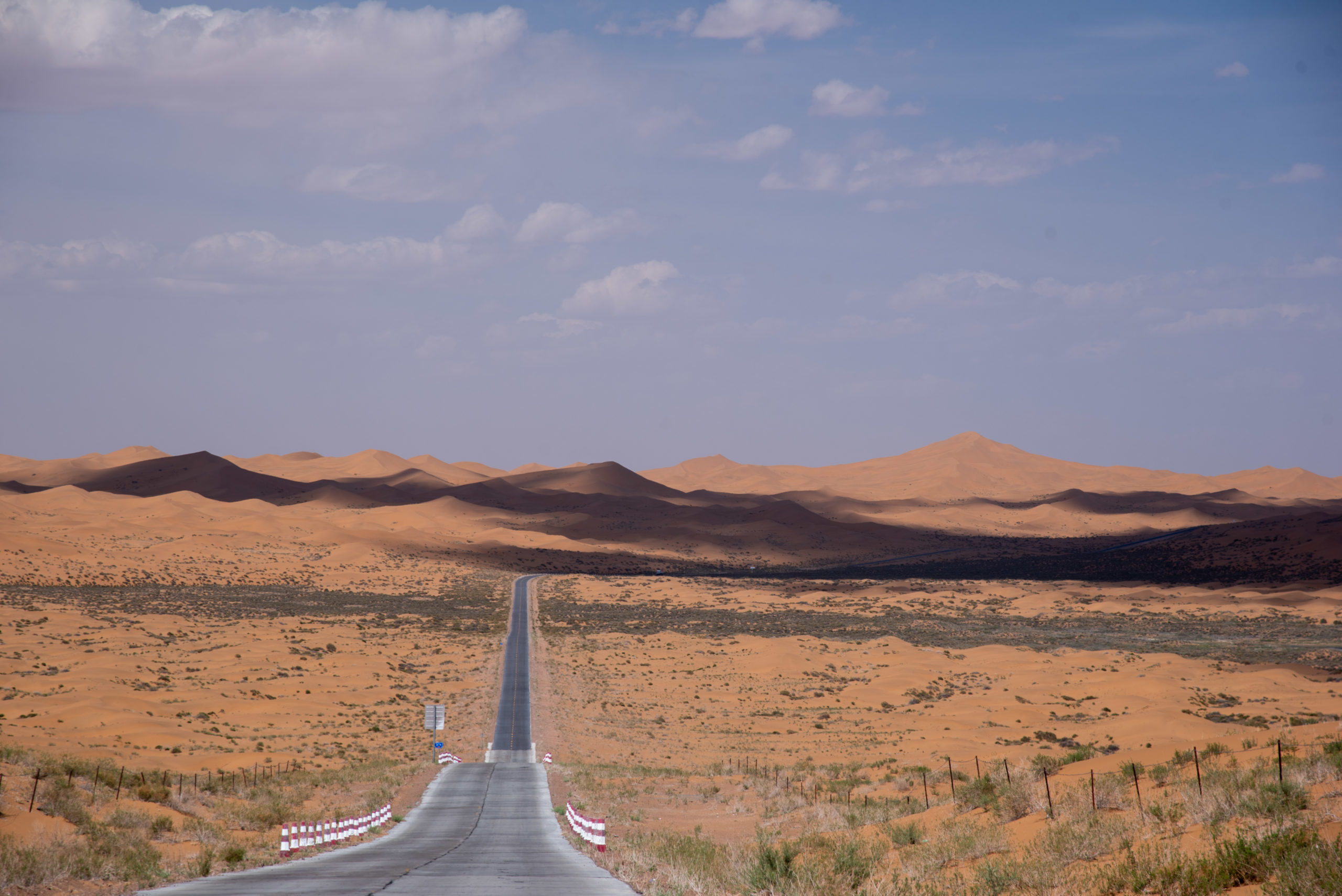
The next morning, we drove to the Tengger Desert (騰格里沙漠). We were clueless where to camp. So we just drove to a well-known site where the so-called Heroes Summit (英雄會), a 5-day desert rally festival is held every October, to see if we can find a desirable spot.
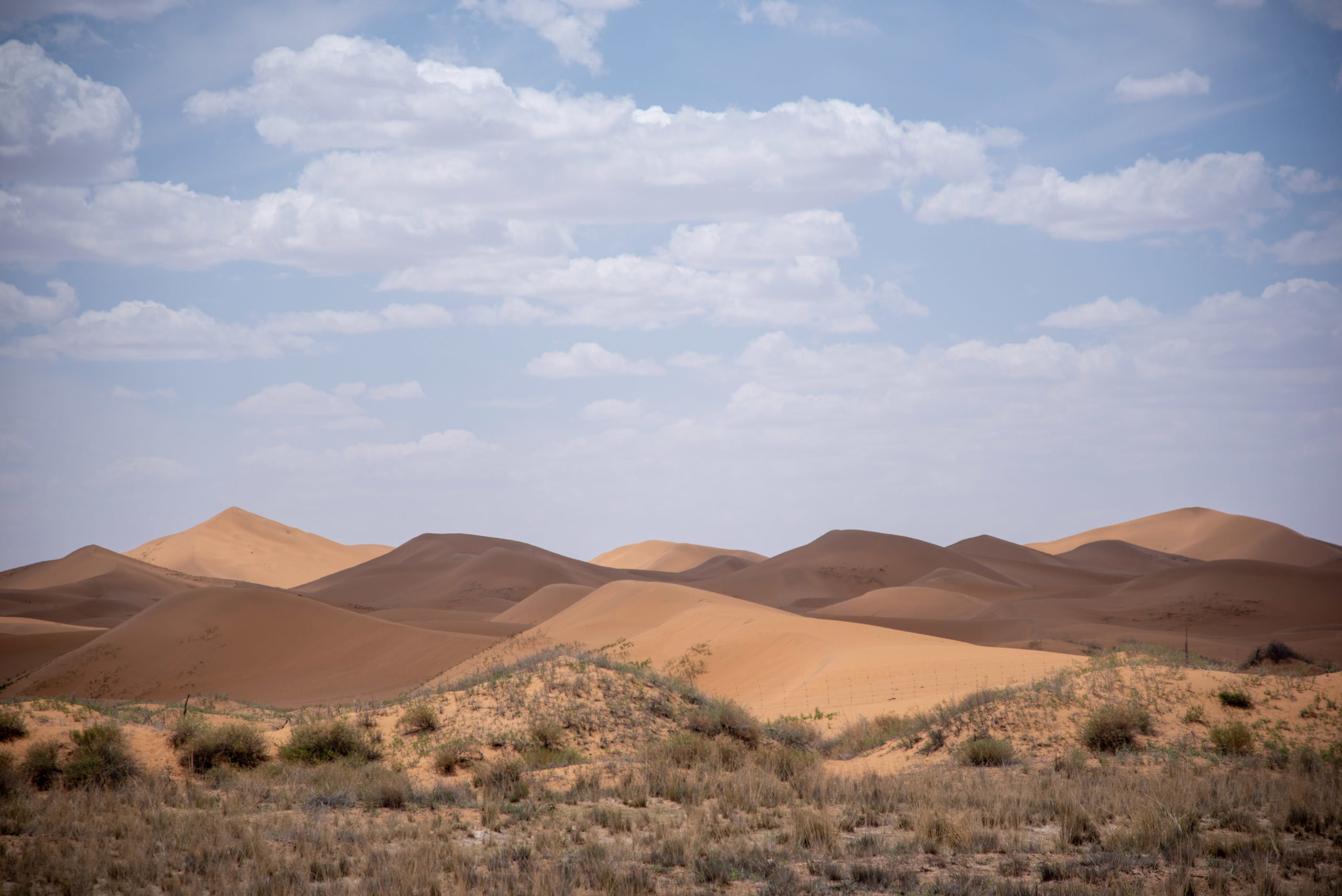
As we approached the site, we saw an enormous façade and some overly eager guys with 4×4 vehicles waved at us. Immediately, we knew this is not our cup of tea. Not only because one was required to pay a fortune to get in, it looked far too commercial for our liking. The Heroes Summit has become a huge event the past 10 years, attracting thousands of rally lovers to attend. It also means absolute nightmare of endless traffic, jacked up accommodation prices (renting tents or converted cargo containers) and undesirable toilet situation. It made no sense to pay to access the desert when we were literally surrounded by it. Naturally we made a U-turn and kept driving for over an hour. We saw a few sites with Mongolian tents not far from some small lakes. We kept going until we saw an empty small holiday site. We stopped next to its entrance and decided it was a safe and quiet spot to spend the night.
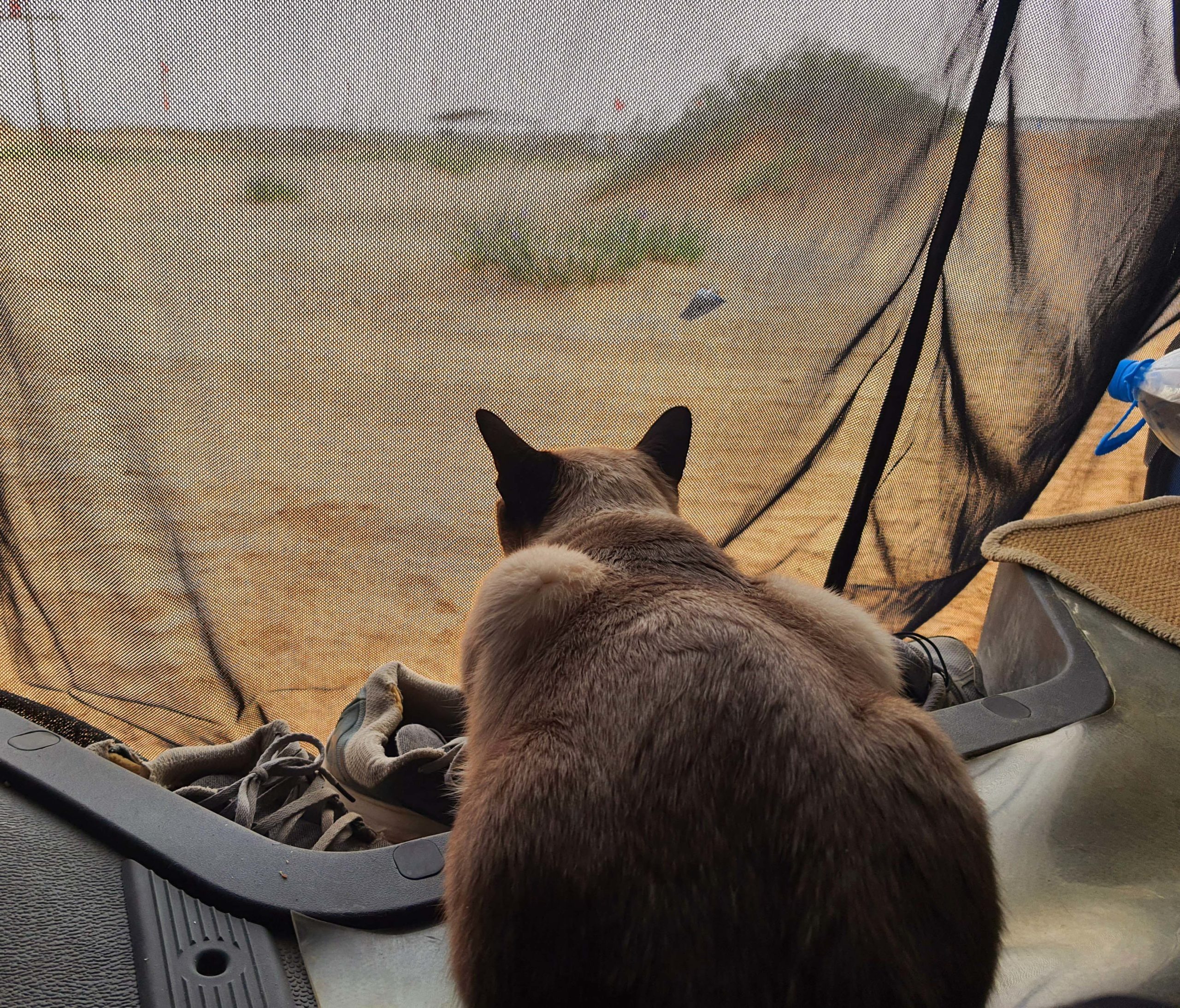
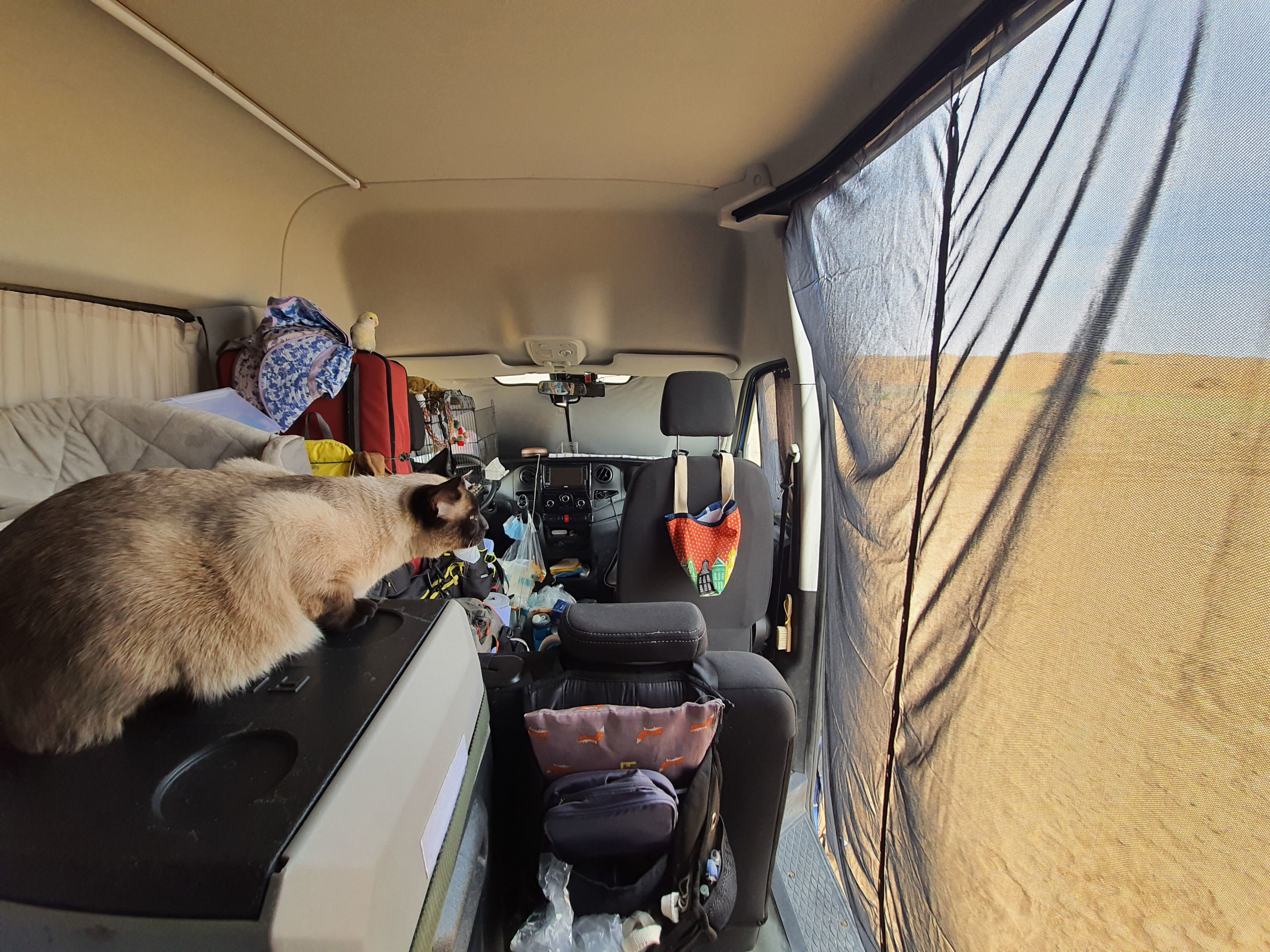
Time in the van went by really quickly as we had to set up for cooking, washing and then dismantle everything to prepare for bedtime. It was the first time that we lived in the van properly. Before, we only slept and had breakfast. This time, we cooked dinner, did both number 1 and number 2. Kin also worked on his photos while I wrote the blog.
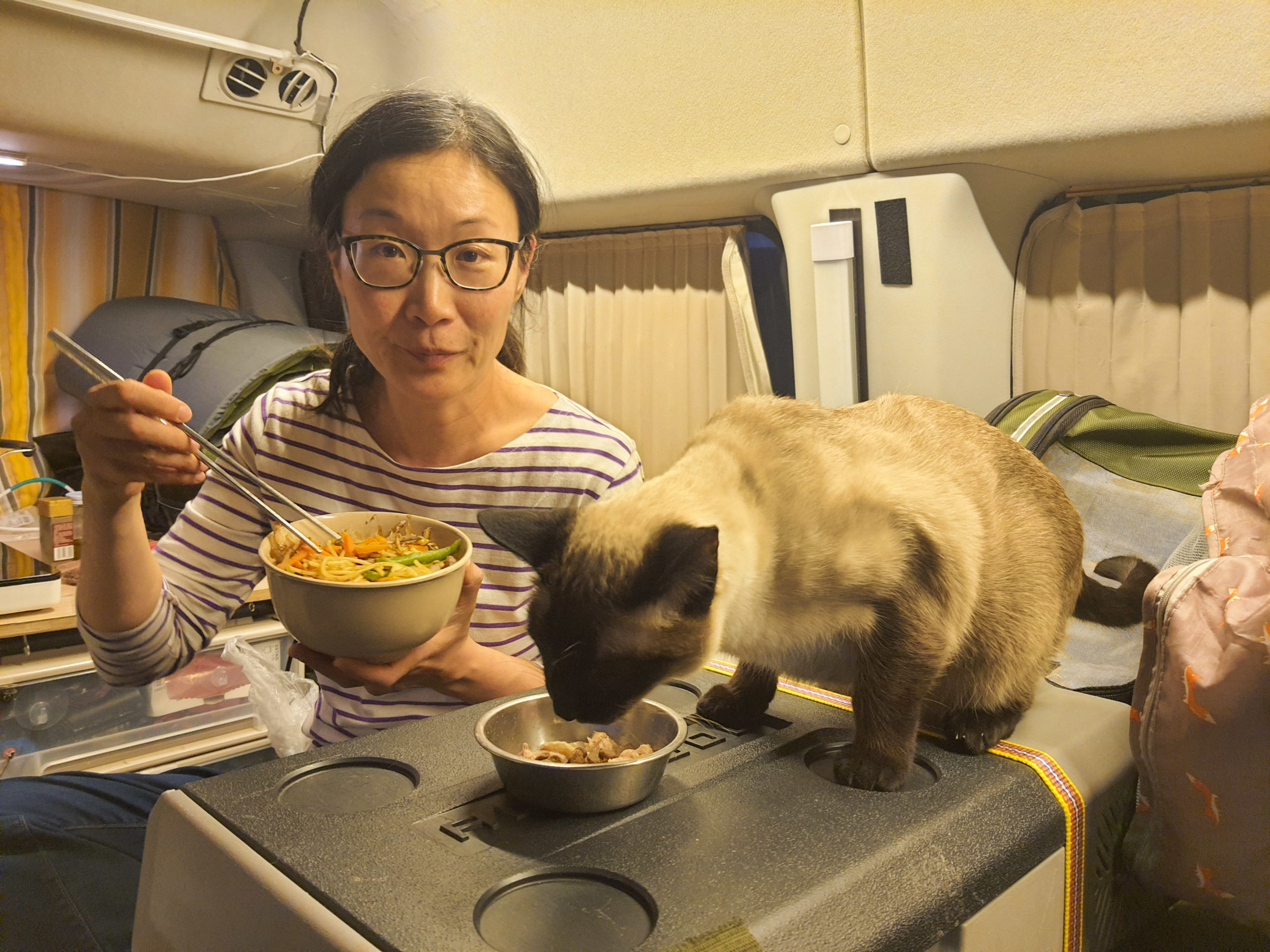
The next morning just after breakfast, we saw a car approaching. Kin thought that they were tourists and told them there was a holiday site nearby. The driver looked confused as it turned out that he is a desert tour guide and of course he knows the area like the back of his hand. His name is Taozi (濤子) and Kin asked him to recommend a nice lake. Instead of telling us the direction, Taozi told us to follow him. Coincidentally, he was taking someone on a school excursion recce. We followed him for about thirty odd kilometres to a farmhouse. Next to it was a beautiful lake with stunning sand dunes as backdrop.
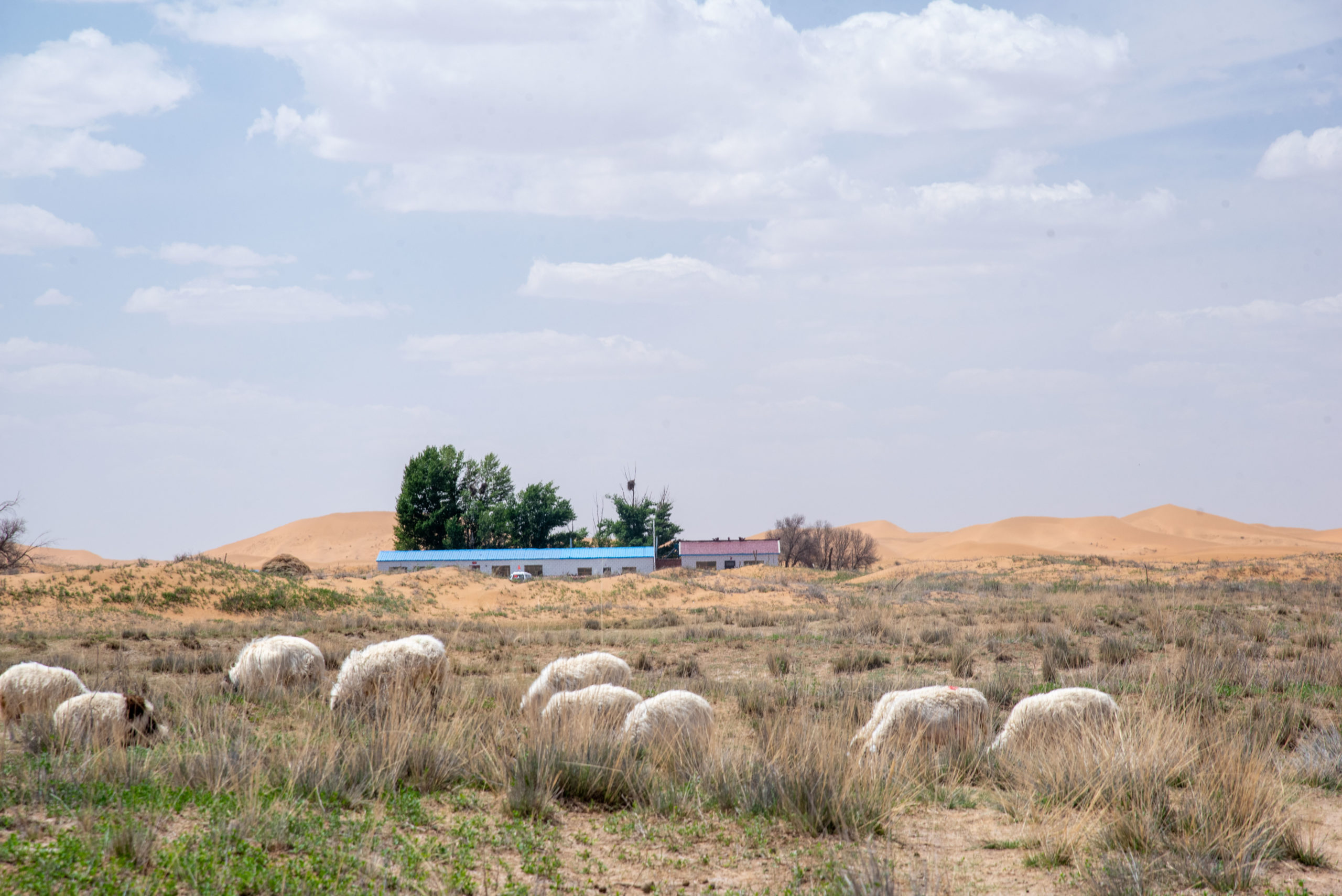
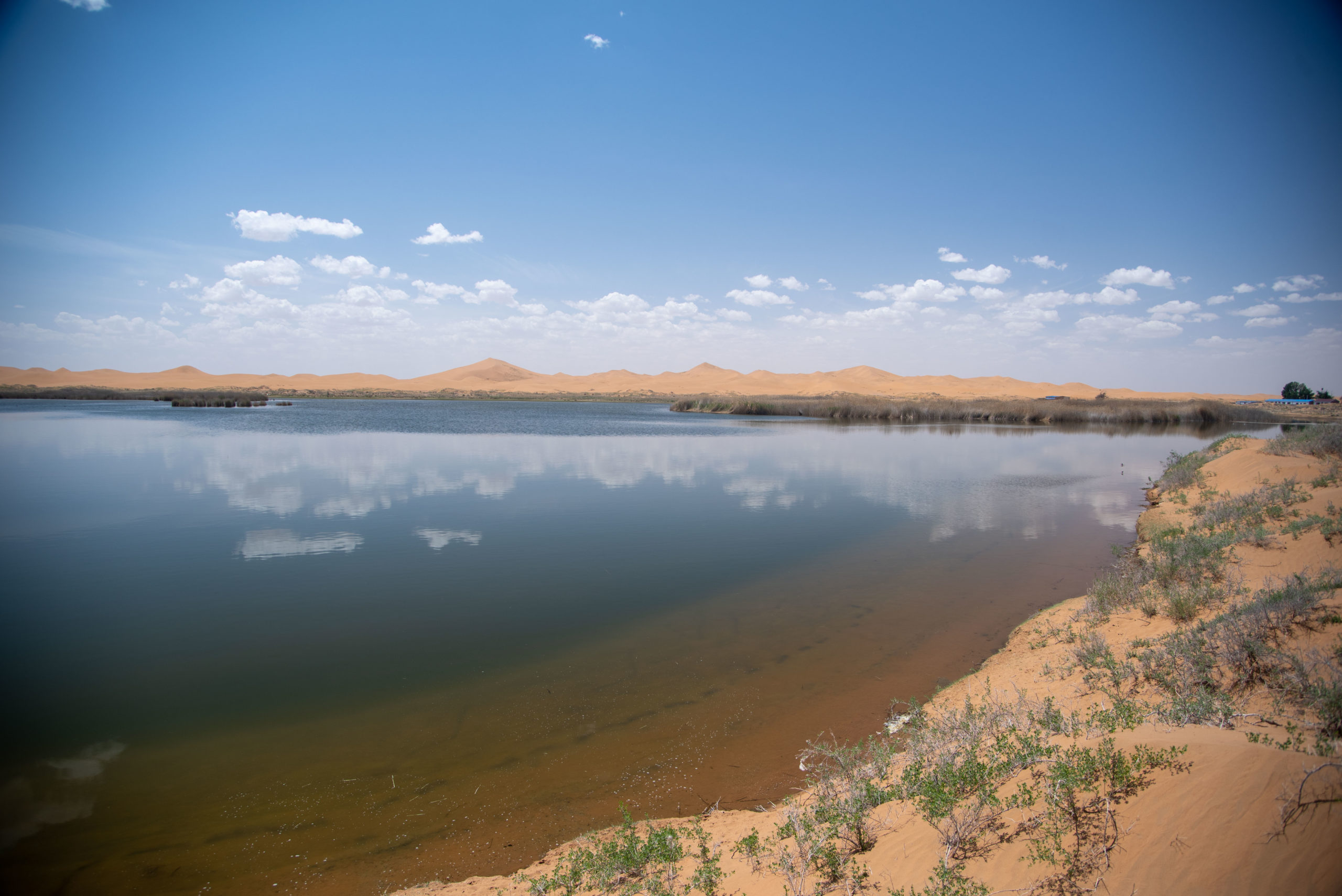
While we walked to the lake, we were immediately drawn by how friendly Taozi was. He told us about the plants in the sand and that the land and lake we walked in fact belonged to the Mongolian family that lives in the farmhouse we saw. Many Mongolians have pretty good lives now, as they own a lot of land and livestock. They also get substantial subsidies and support from the government ranging from annual child subsidy, re-habitation to new housing development and free education for the children, etc.
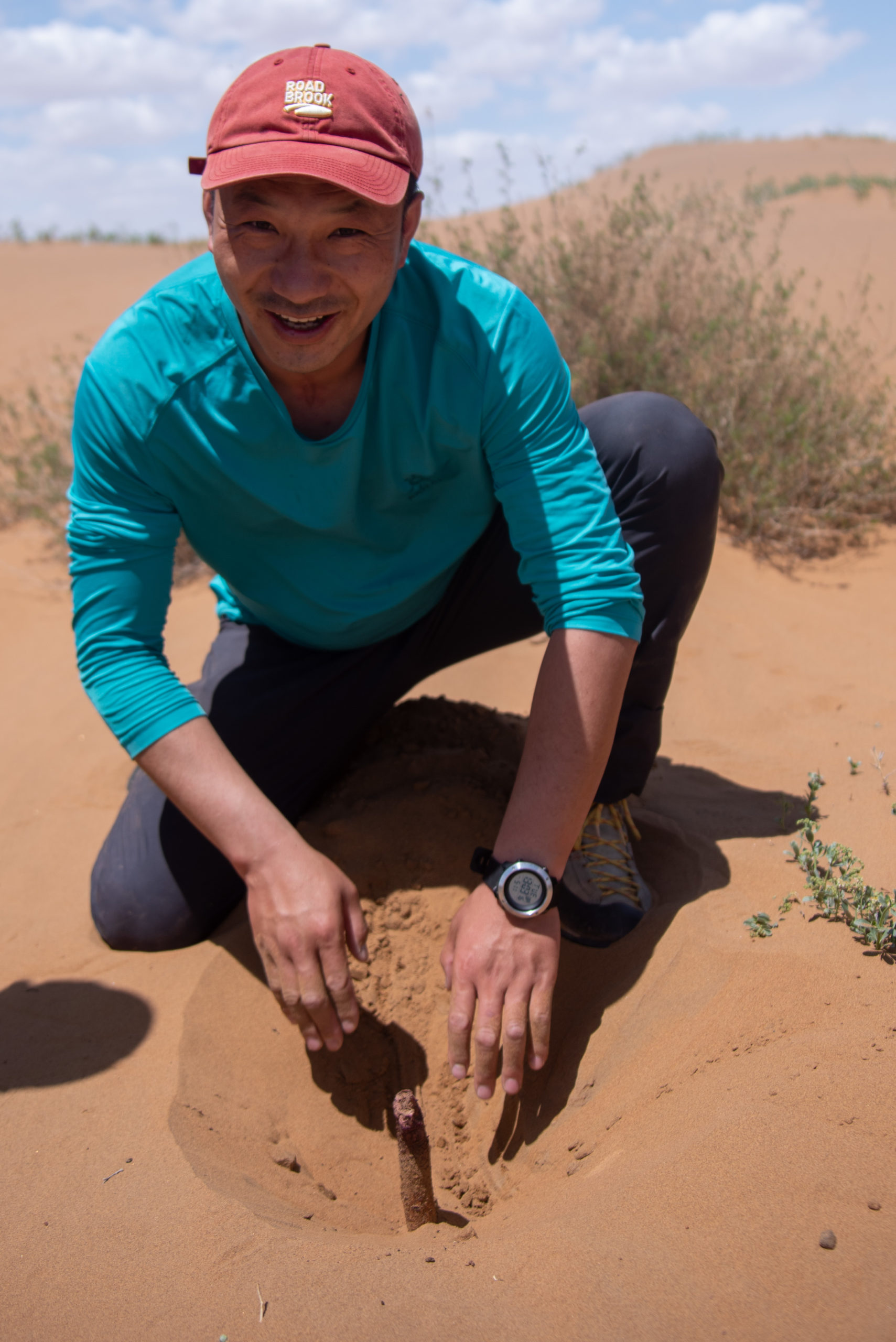
We went separate ways after we did a circle around the lake. We saw a lot of sheep and cows as we headed back to the farmhouse. Taozi (濤子) reminded us that if anyone asked us, just explained that he brought us here. Half an hour later, a young local woman appeared and she asked what we were doing. So we explained that Taozi brought us here to sightsee and she mumbled why he didn’t alert them. She said that she came out to check on the sheep when she saw them going another direction. Kin immediately offered to help her usher the sheep. She said that we could not help since our foreign looks would only scare them more. So we bade goodbye and walked back to our van while hoping we did not get Taozi into any trouble.
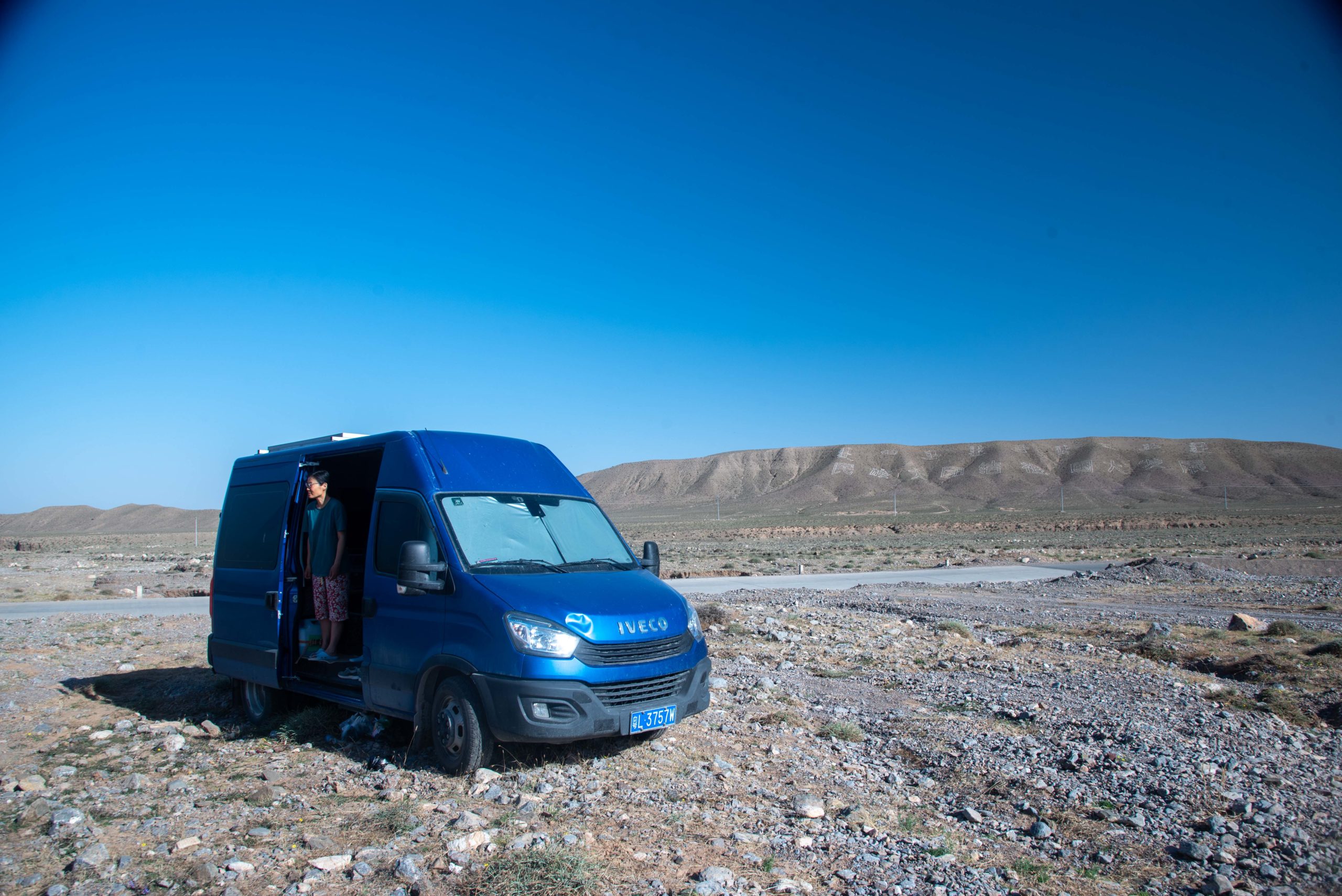
After our first successful night in the desert, we decided to stay in our van one more night. We drove further west to the Guangzong Temple (廣宗寺, also called the South Temple as there are two famous temples in the area and naturally the other one is called North Temple). We parked a few kilometres outside the temple ground so that we could get in early. Our main interest was to hike the beautiful Helan Mountains (賀蘭山) behind the temple. This mountain range lies right between Alxa Left Banner (阿拉善左旗) and Yinchuan (銀川) which is only 100 kilometres away but already part of a Muslim autonomous region of Ningxia.
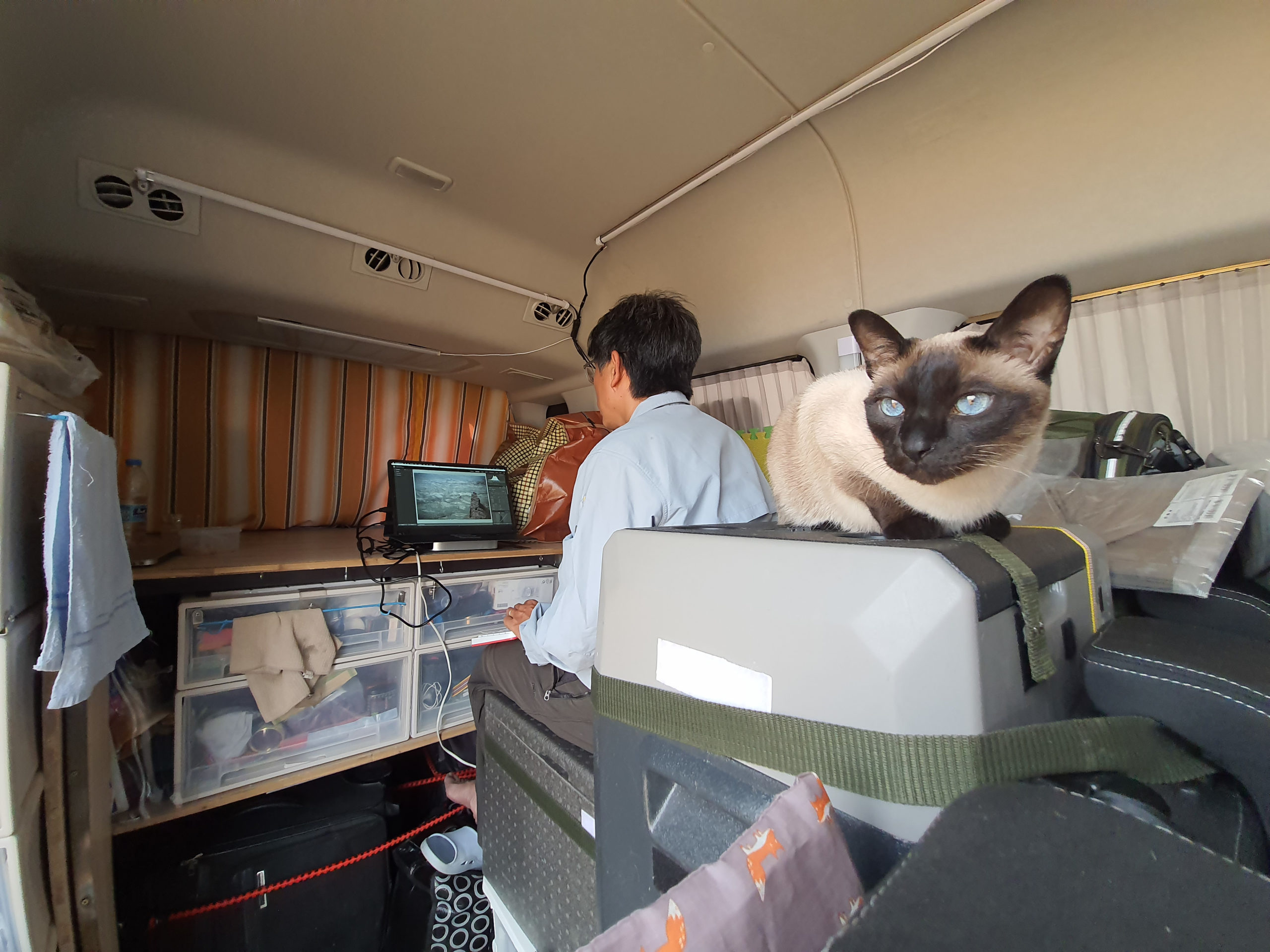
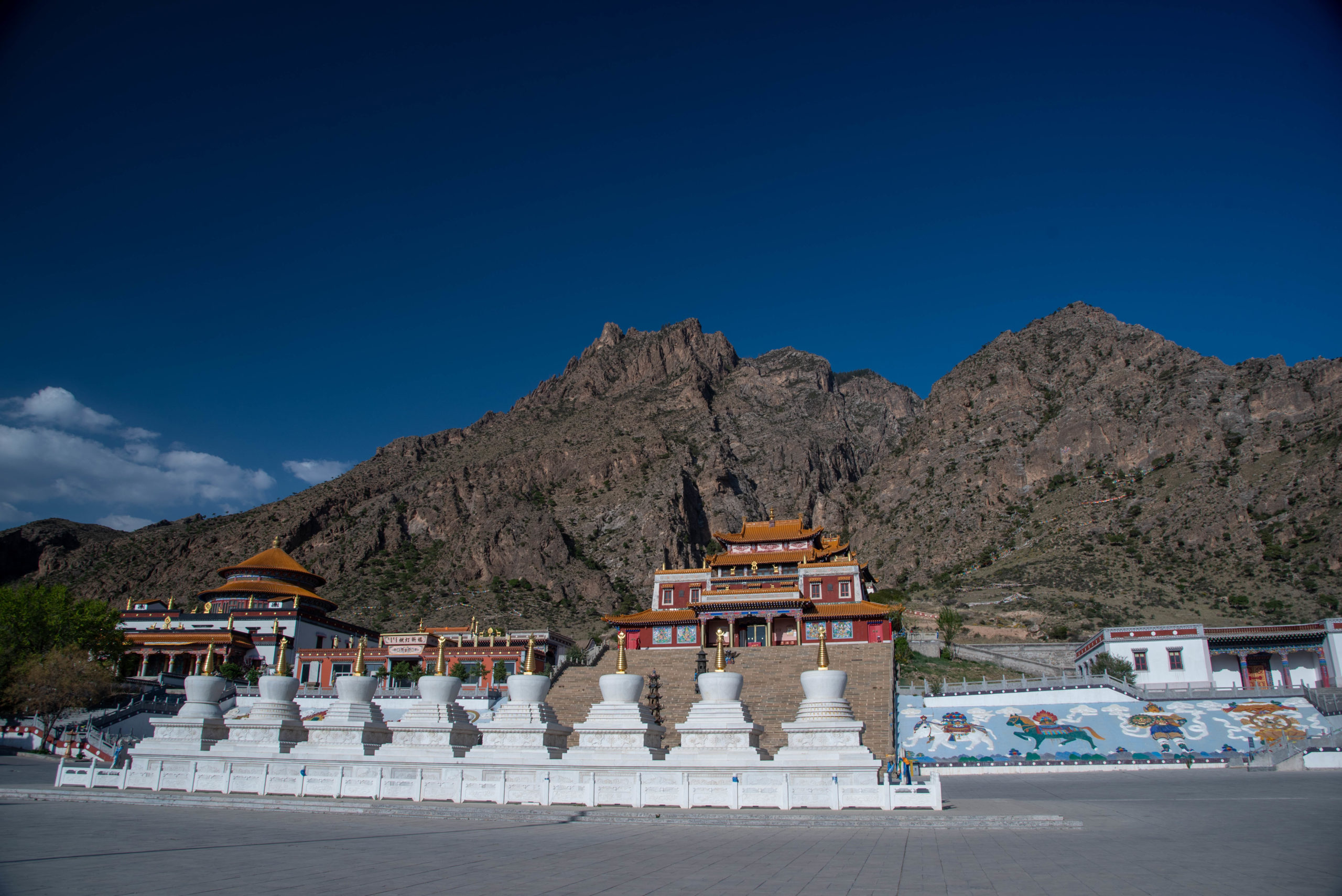
Our second night in the van was even better as by now we have devised a pretty good routine and it took us much quicker to set up and pack up. The next morning, we got to the temple at 10am. We waited for the temple shuttle bus to take us up to a higher point in the mountain and started hiking up through the forest. Soon we surpassed all the other tourists from the shuttle bus and got to the first viewpoint. Most people returned to the temple after the first viewpoint. We carried on to the second section, which was much more technical and demanding.
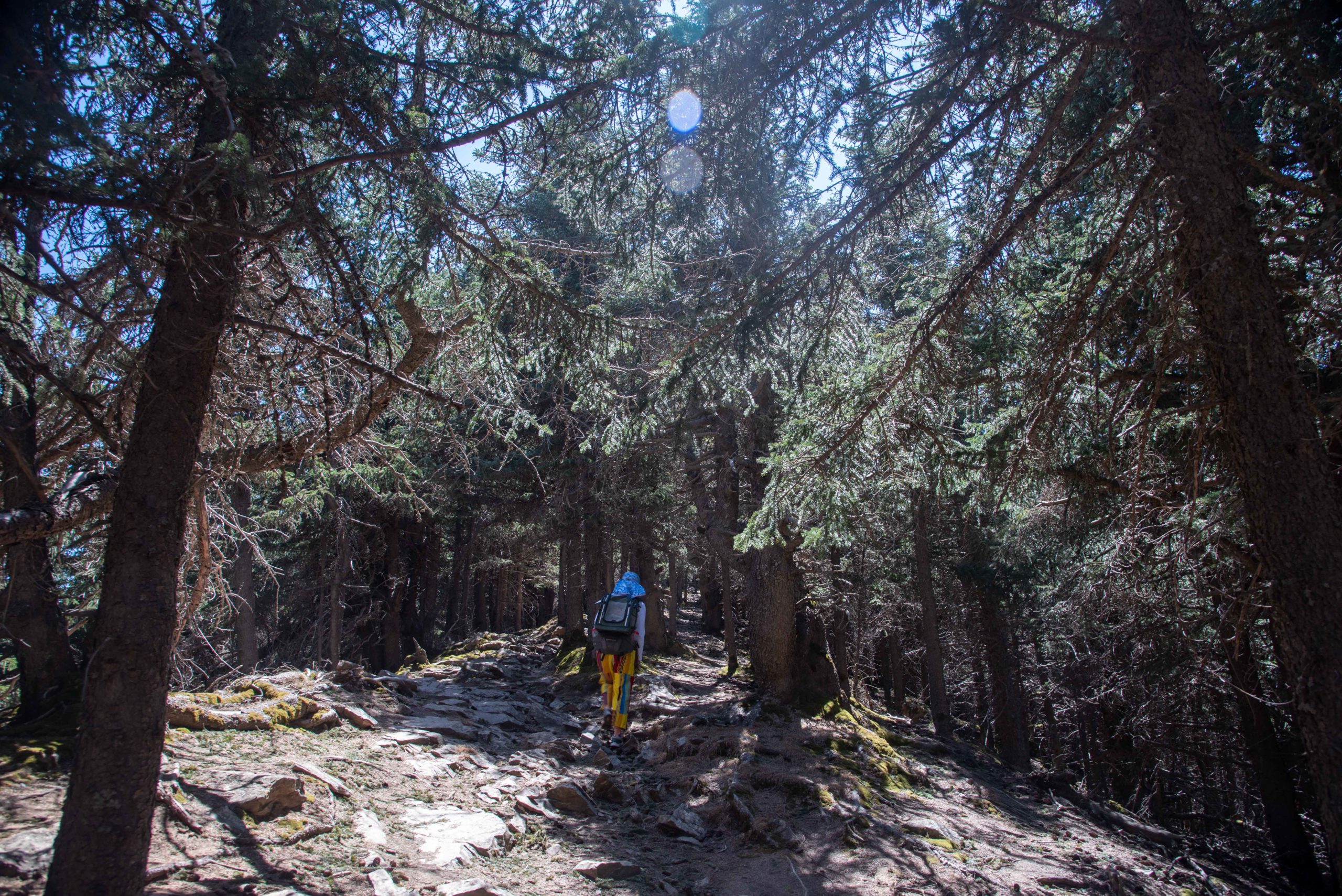
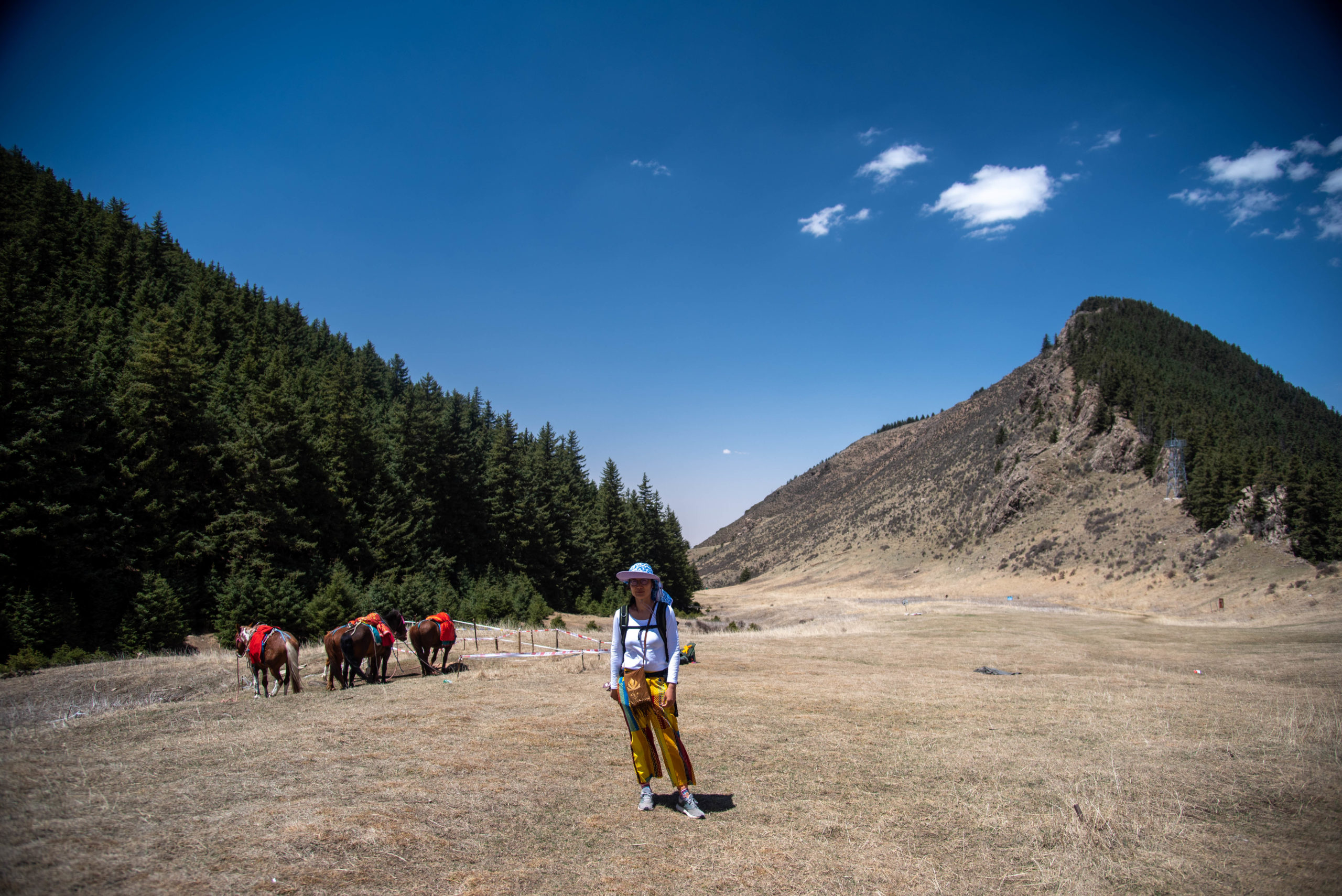

We underestimated the hike as it turned out to be steep and long. Kin was surely not sufficiently attired as he wore his flimsy teva sandals. The scenery was simply stunning. We climbed a rocky trail for about 40 minutes to reach the second viewpoint. It was pretty high up (over 2000m) and we could see afar the rugged section of the Helan Mountains (賀蘭山) that stretched for miles.
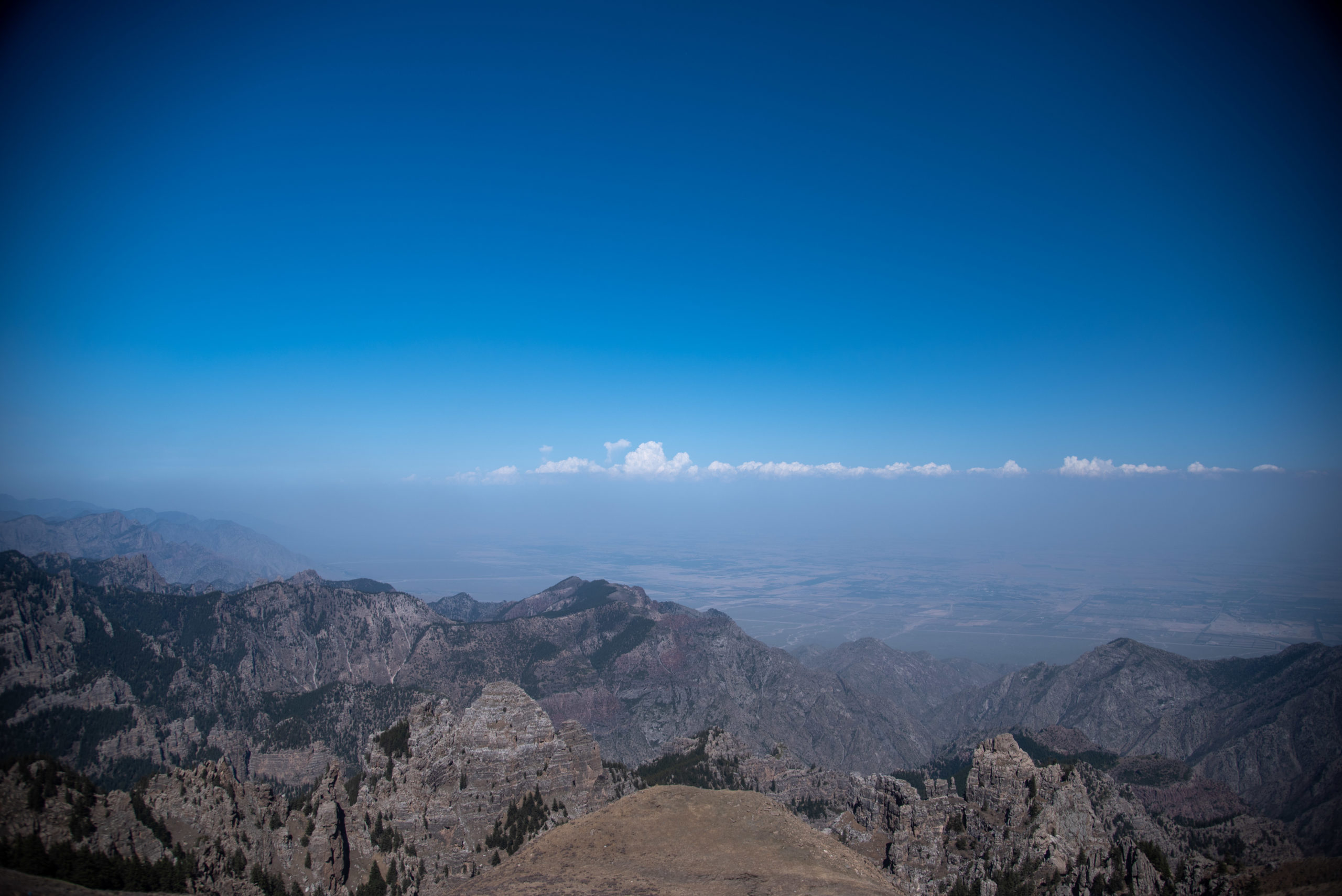
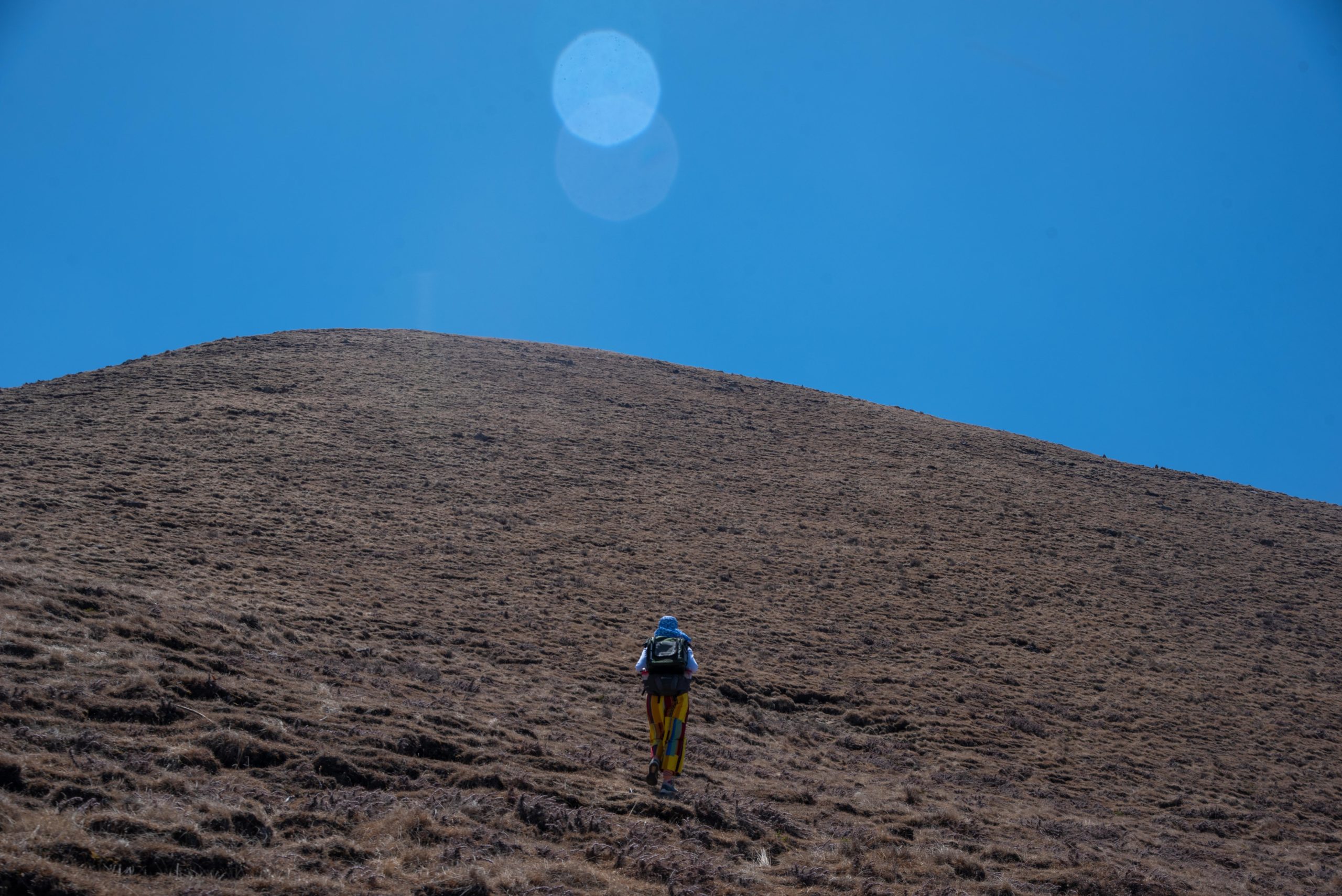
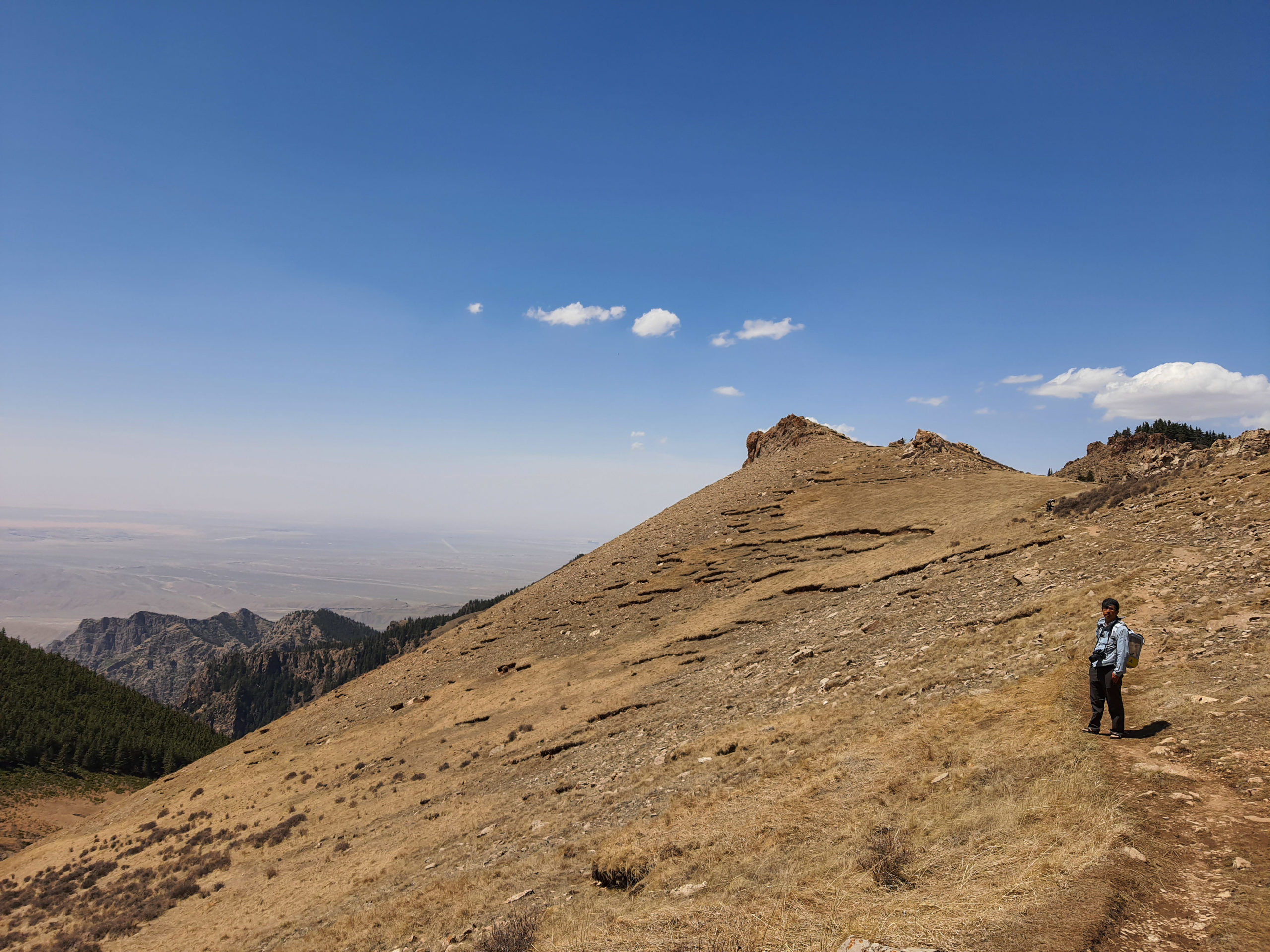
We only took a short break as it was too windy and continued the last uphill section. I was slightly cheered by a worn out sign that marked the remaining distance to the peak (2.4 km). It was not a long hike but the steepest with constantly strong wind blowing in your face from all direction. It was well worth the effort as we could see both Alxa Left Banner (阿拉善左旗) and Yinchuan (銀川) at the peak (3556m) and it was spectacular.
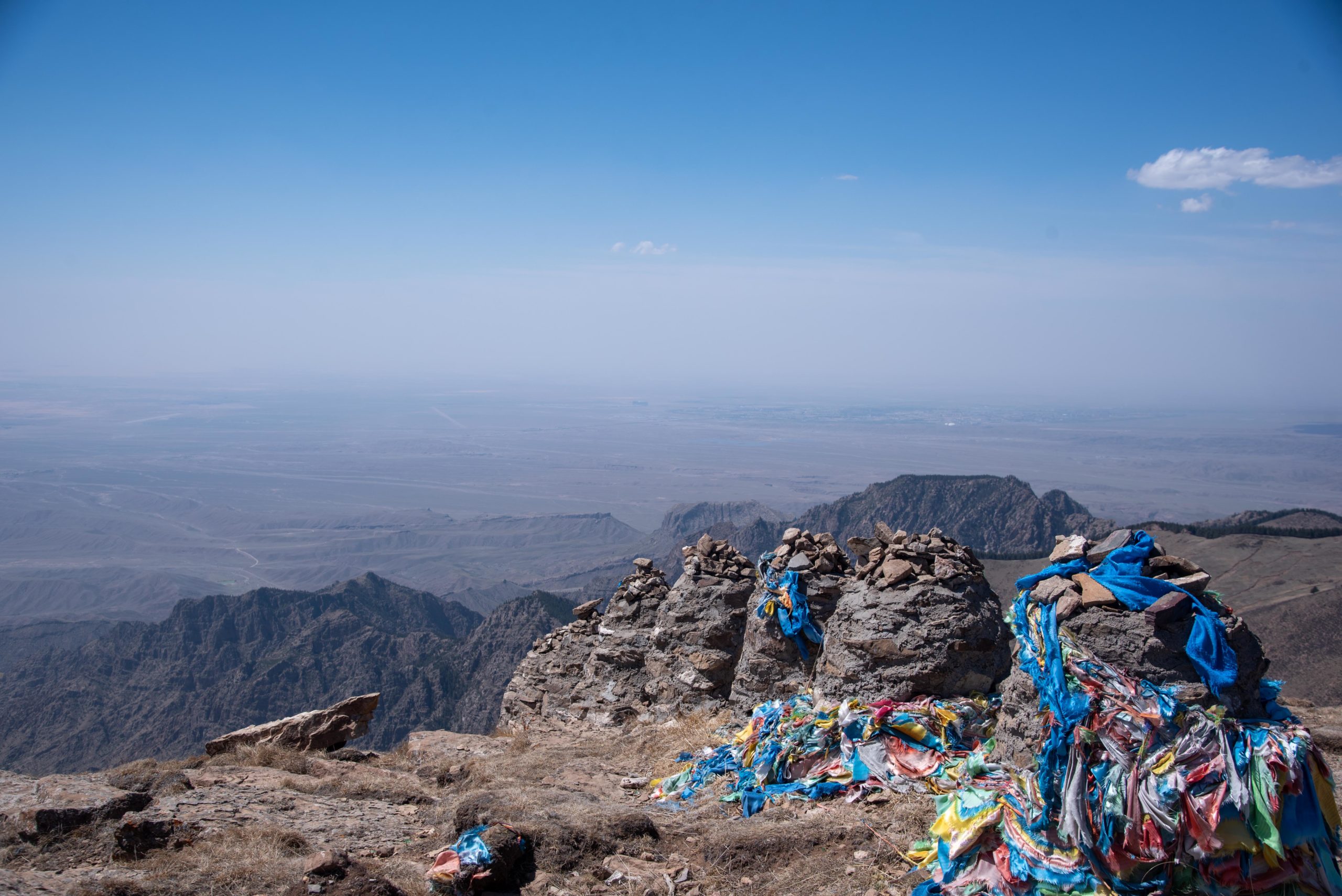
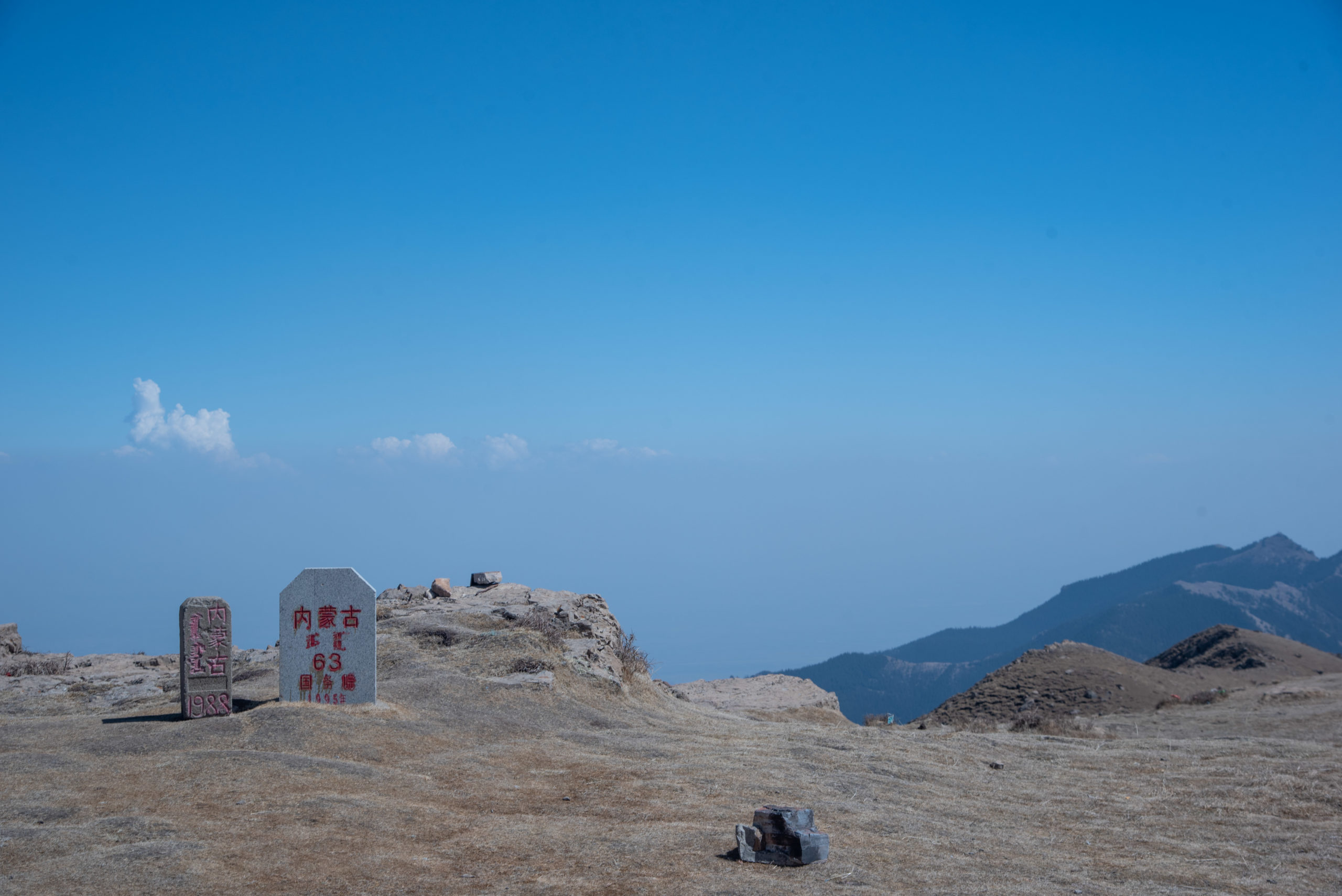
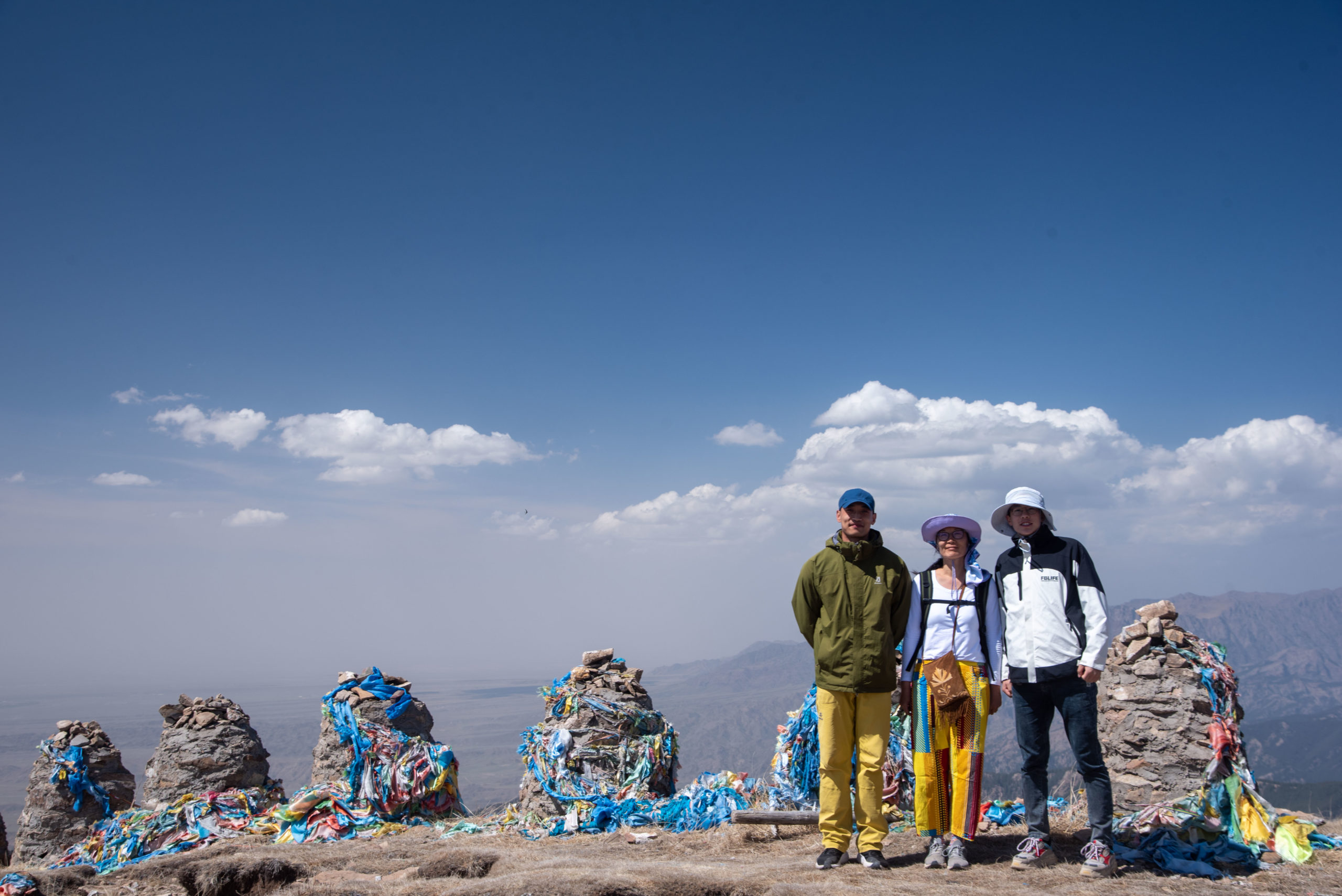
We met two young men at the peak and they were shocked to see Kin hiking in his sandals. We joined them and hiked a different route back to the temple through a big gorge and valley of lilac trees. I was already quite exhausted half way down but the beautiful scenery and sweet lilac smell kept me going. We managed to keep up with them (one of them is a trained mountaineering guide) and I must say that I was pretty proud of myself when we finished the 20km hike (altitude of 2,500m).
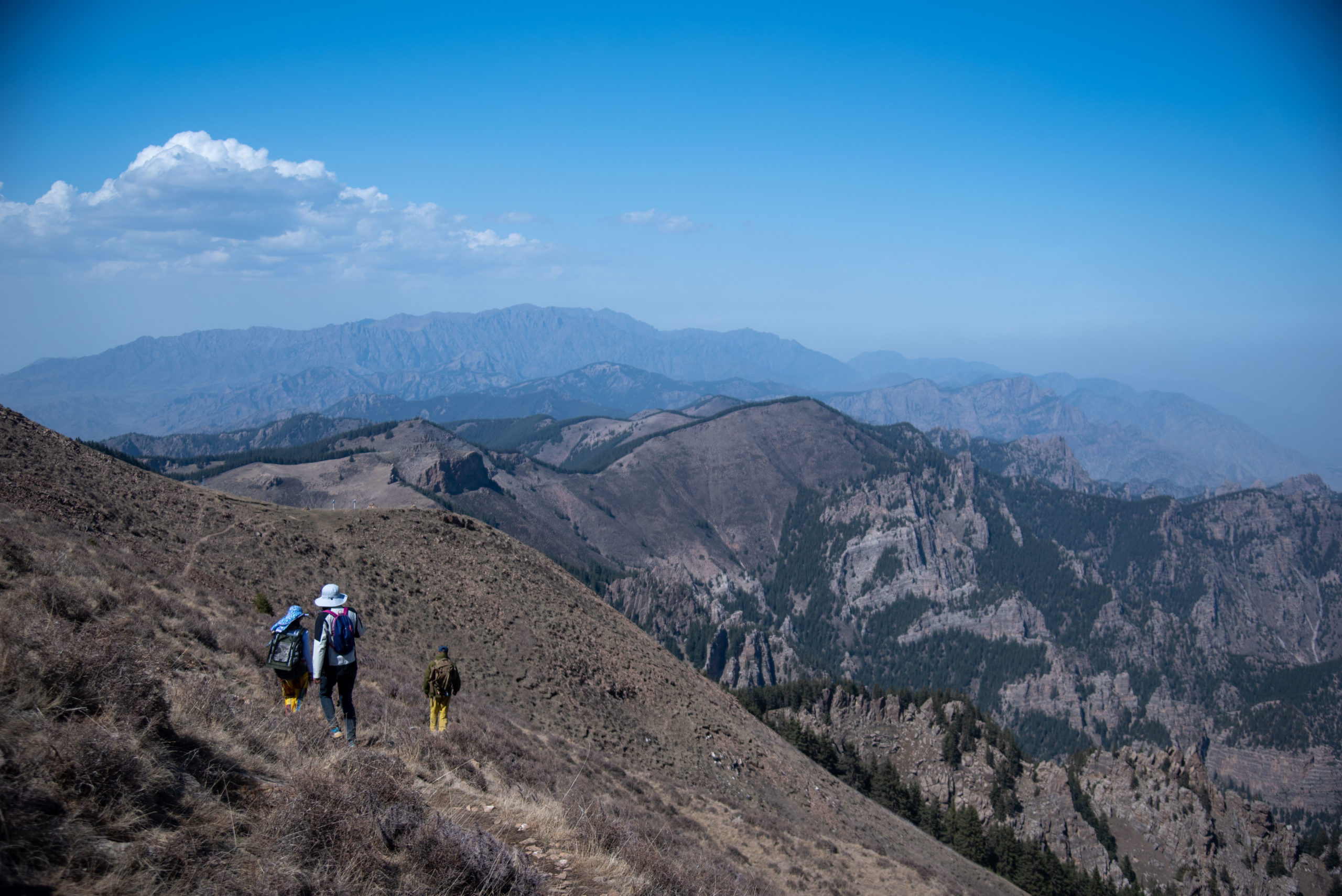
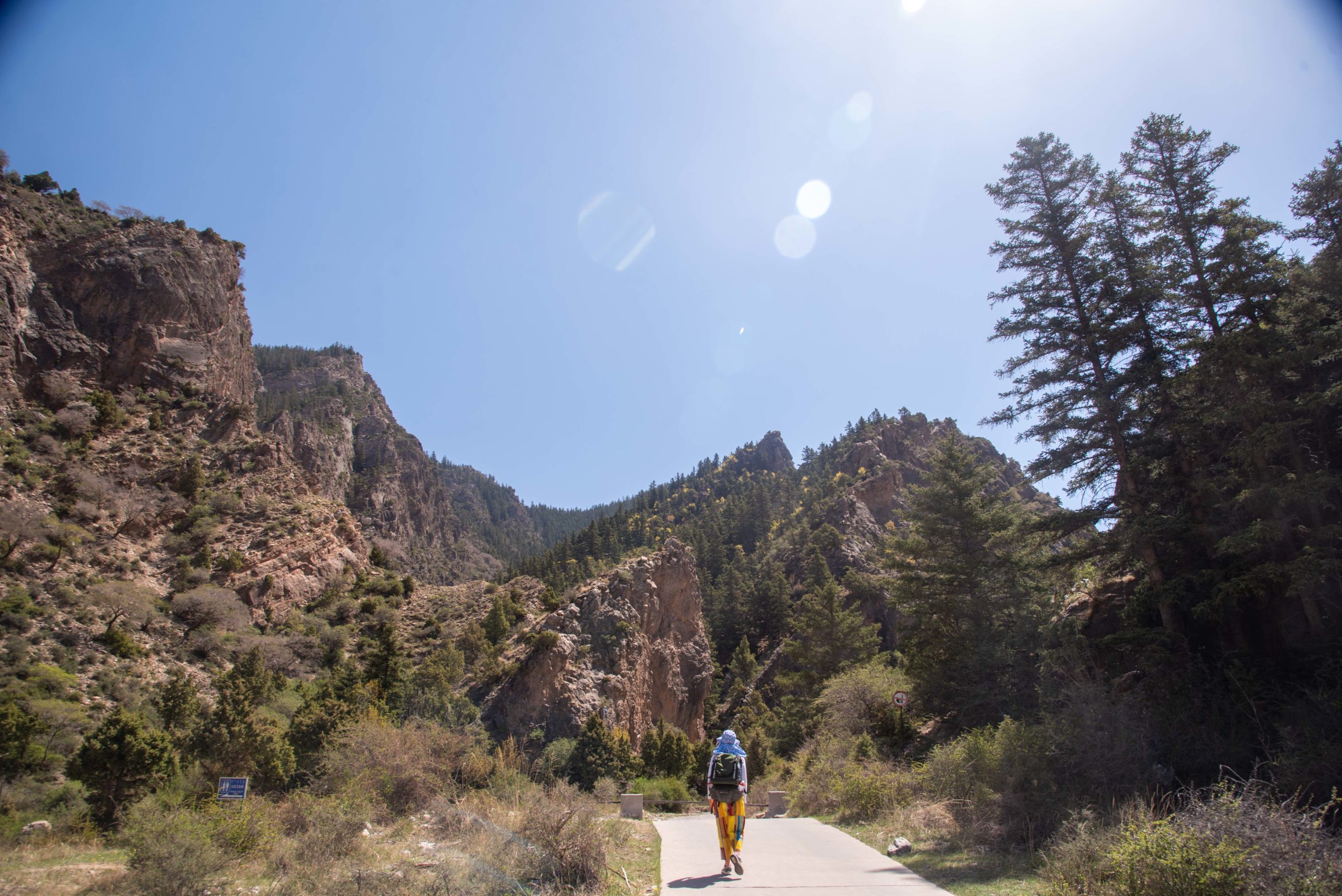
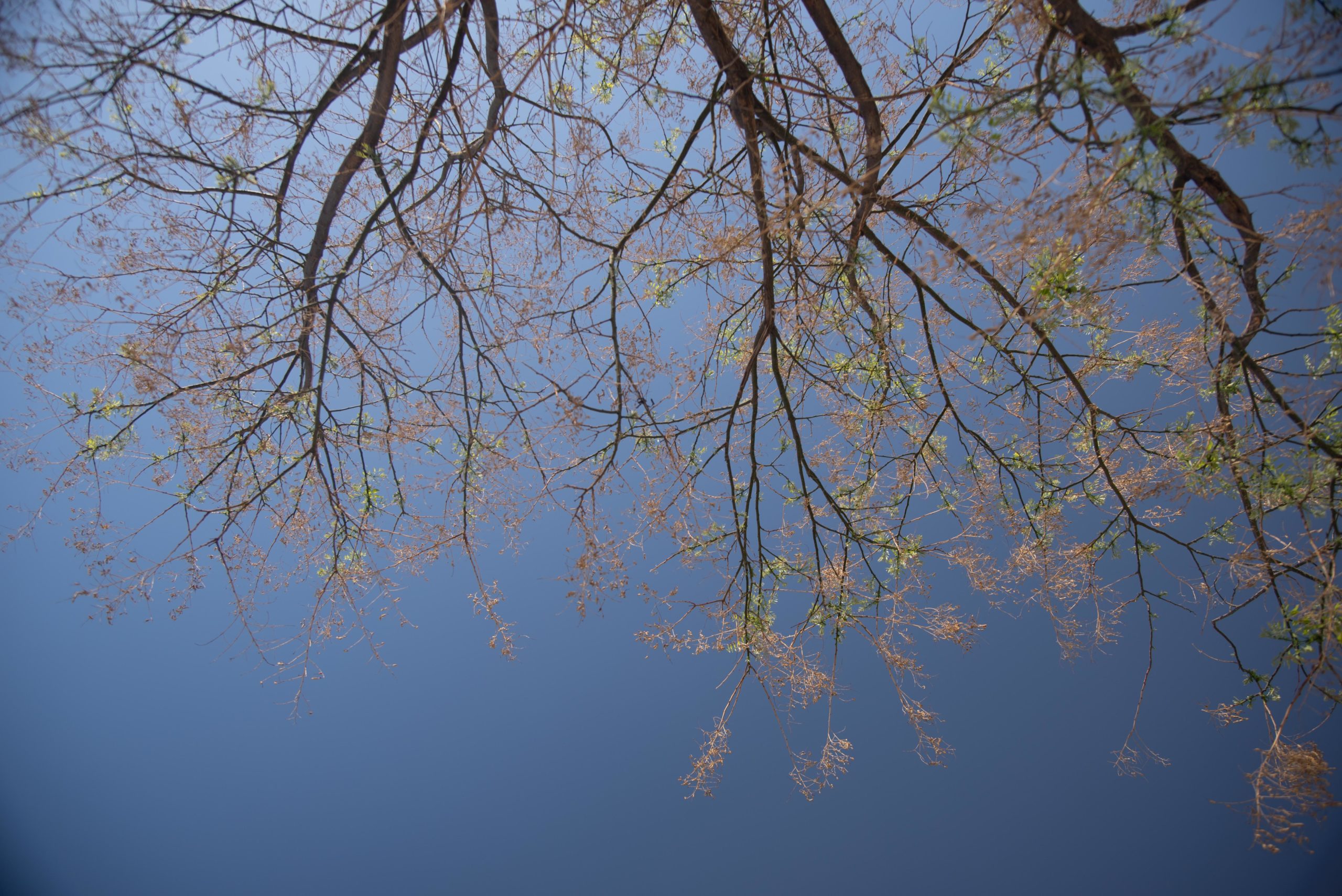
We then drove 100 kilometres east to Yinchuan (銀川), the provincial capital city of Ningxia autonomous region (寧夏回族自治區). After our two-day van life and long hike, we were so happy to be able to take a long shower and relax in a comfortable apartment. We decided to take a good rest in Yinchuan before further exploring Inner Mongolia.

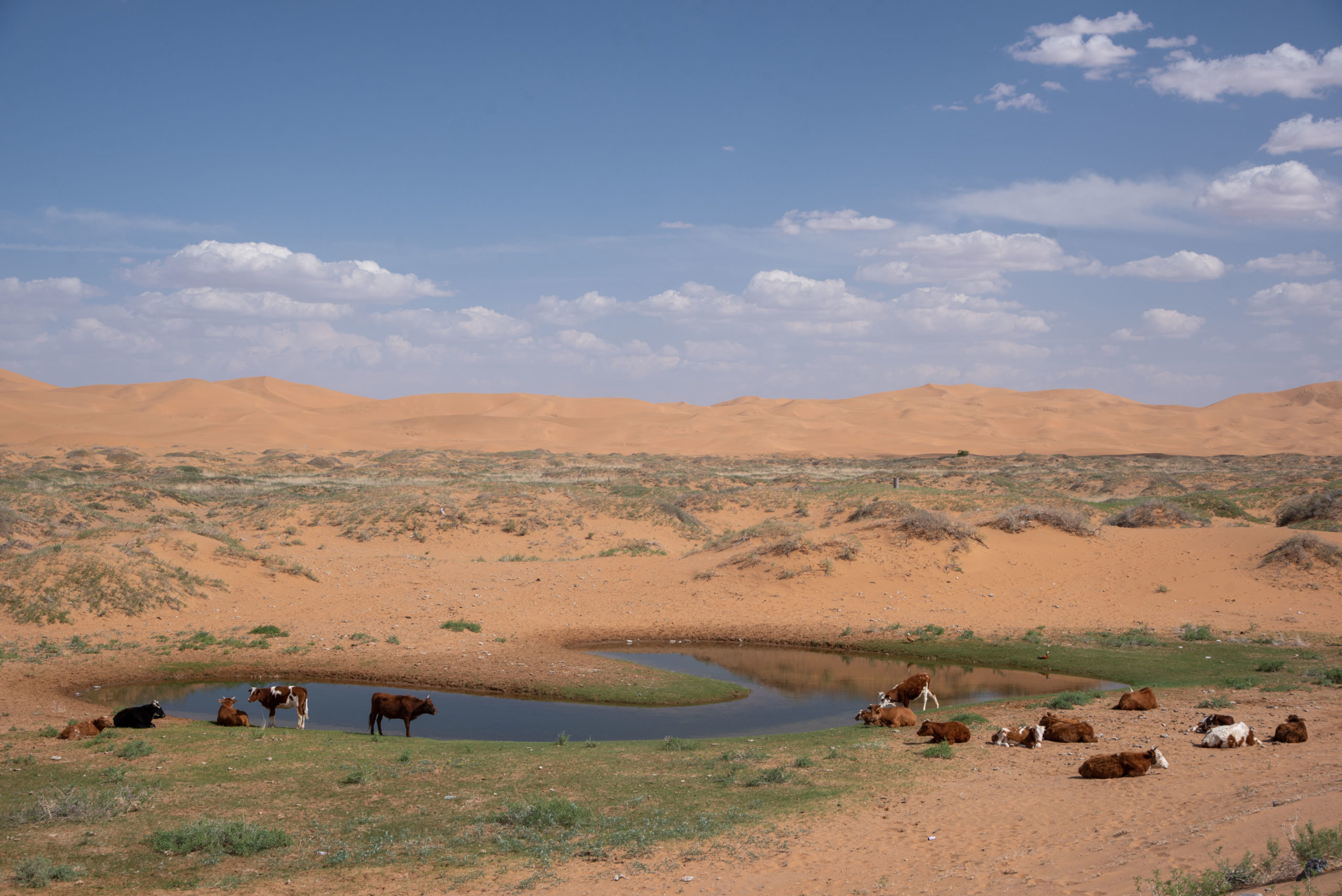
Hello Akie
I am very enjoyable to read your travel story. It’s very amazing that Daisy and Lavender both are so good in whole journey.
I am proud of you and Kin. I believe not many couples could do this kind of travel , but it’s really good experience in lifetime.
Miss you heaps. Keep going and please stay safe.
Best regards
Pam pam ^0^
It’s such a beautiful journey unwrapping your love and passion — I can’t wait to read your next post! Thank you so much for sharing stories and photos. I hope one day when you finished the travel to sell the van, I can be on top of the waiting list!
Be safe,
Ed
Thank you so much for reading our blog. Sharing our stories has been a wonderful experience. Not only does it give us the chance to record the places and people we came across, it’s lovely to get the feedback from others. Will share the next post soon and hope you like it.
Follow your blog to travel.
Miss you all. Keep going and please stay safe.
Bonnie,
Great to see your words. After leaving the grassland, we are quite lazy at updating the blog.
We have arrived Tsingtao for three weeks now and will be staying here for at least another one and half month. We love the city. After almost two years away from any big city we found ourselves pampered by all the convenience in Tsingtao, especially it has great supermarkets and lot of good restaurants.
Hope to see you soon.
Kin